Seiko Actus Ukiyo-E
Seiko Actus Ukiyo-E
Couldn't load pickup availability
|
Brand |
Seiko |
|
Model |
Actus |
|
Reference |
7019-7210 |
|
Year |
1973 – February |
|
Movement |
Automatic |
|
Extras |
Serviced |
|
Dial |
Ukiyo-E |
|
Bph |
21.600 |
|
Jewels |
21 |
|
Case |
37mm |
|
Lugs |
18mm |
|
Day/date |
Day and date |
|
Crystal |
Mineral |
|
Strap |
XAA673 |
|
Performance |
-8 seconds per day |
|
Box/papers |
Not included |
|
Condition |
Very good |
The watch
Something unusual, this 1973 Seiko Actus with ‘Ukiyo-E’ dial. The dial features a vivid Edo-period print, a nod to traditional Japanese art. This design comes from an original 1940 artwork by Japanese artist Kaburaki Kiyokata.
The watch is in very good condition and has been fully serviced by a professional watchmaker. With proper care, it won’t need another service for years. The movement runs well, losing just 8 seconds a day.
You’ll notice some wear on the polished case and original bracelet, which fits wrists up to 19 cm. The date can be quickset by pulling the crown one step, while the day shifts by advancing the time 24 hours.
Ukiyo-E
Takekurabe-no-Midori (1940) by Kaburaki Kiyokata
Based on Higuchi Ichiyo’s novella Takekurabe, this work by Kaburaki Kiyokata captures a fleeting yet emotionally charged moment. Midori, a young girl from the Daikoku family, gazes at a single artificial white daffodil left in the gate by Nobuyuki, the heir to Ryugeji Temple and a novice monk. With refined sensitivity, Kiyokata portrays Midori’s quiet affection and the psychological complexity of adolescence as she begins to navigate the threshold between childhood and adulthood.
The original artwork is in possession of The National Museum of Modern Art in Kyoto.
Details
Ukiyo-E dials started showing up in the late 1960s and early 1970s, inspired by Japan’s Edo period (1603-1867), when woodblock prints of daily life, kabuki actors, and landscapes were a big deal. Seiko didn’t mass-produce these; they were likely custom jobs by watchmakers or retailers in Japan. They’d take a stock dial, remove the markers and logos, add a Ukiyo-E image—often pulled from vintage stamps of famous prints—and put it all back together. It was a hands-on tweak from that era’s watch scene, turning an ordinary Seiko into a unique piece with some cultural weight.
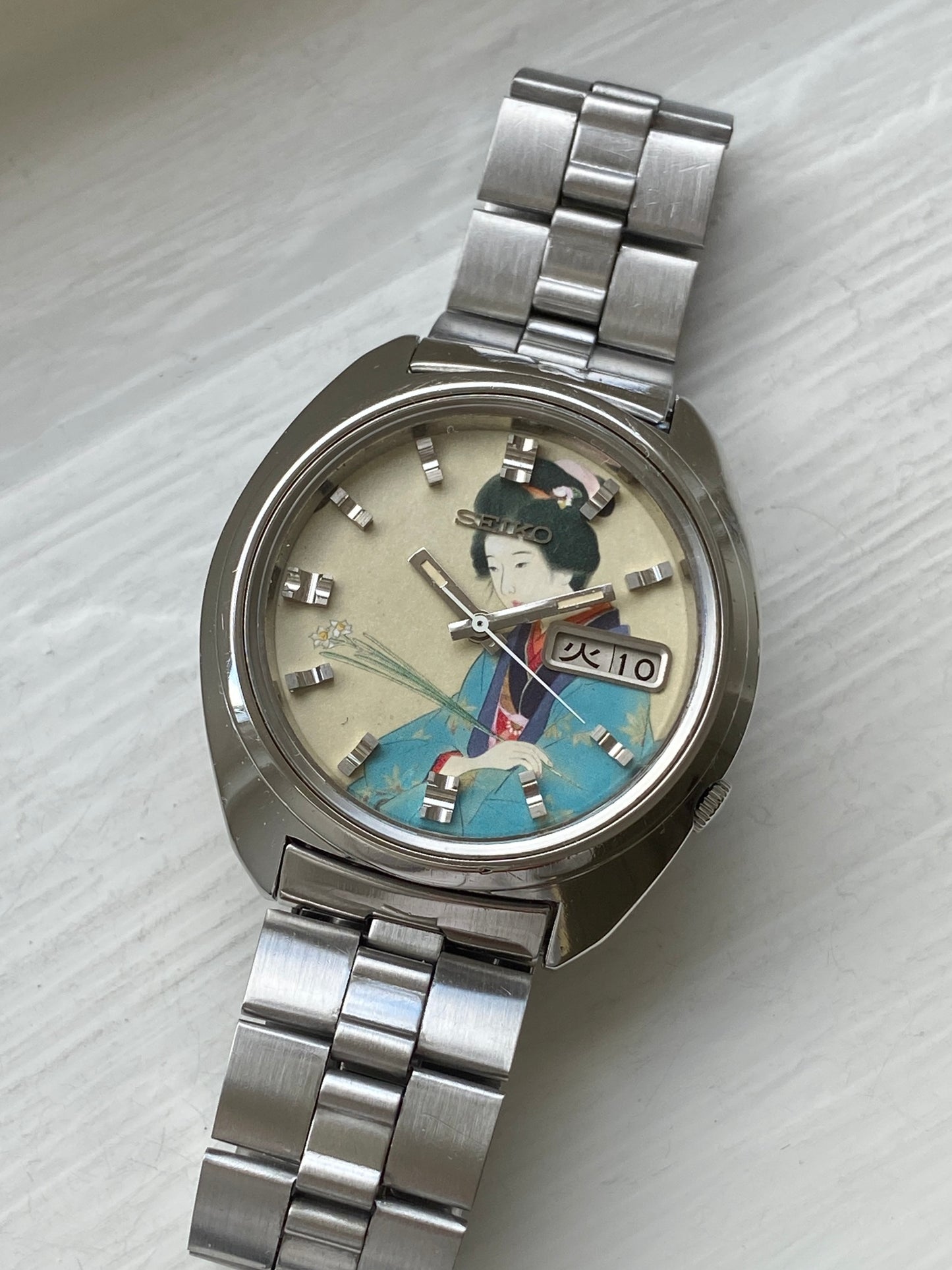
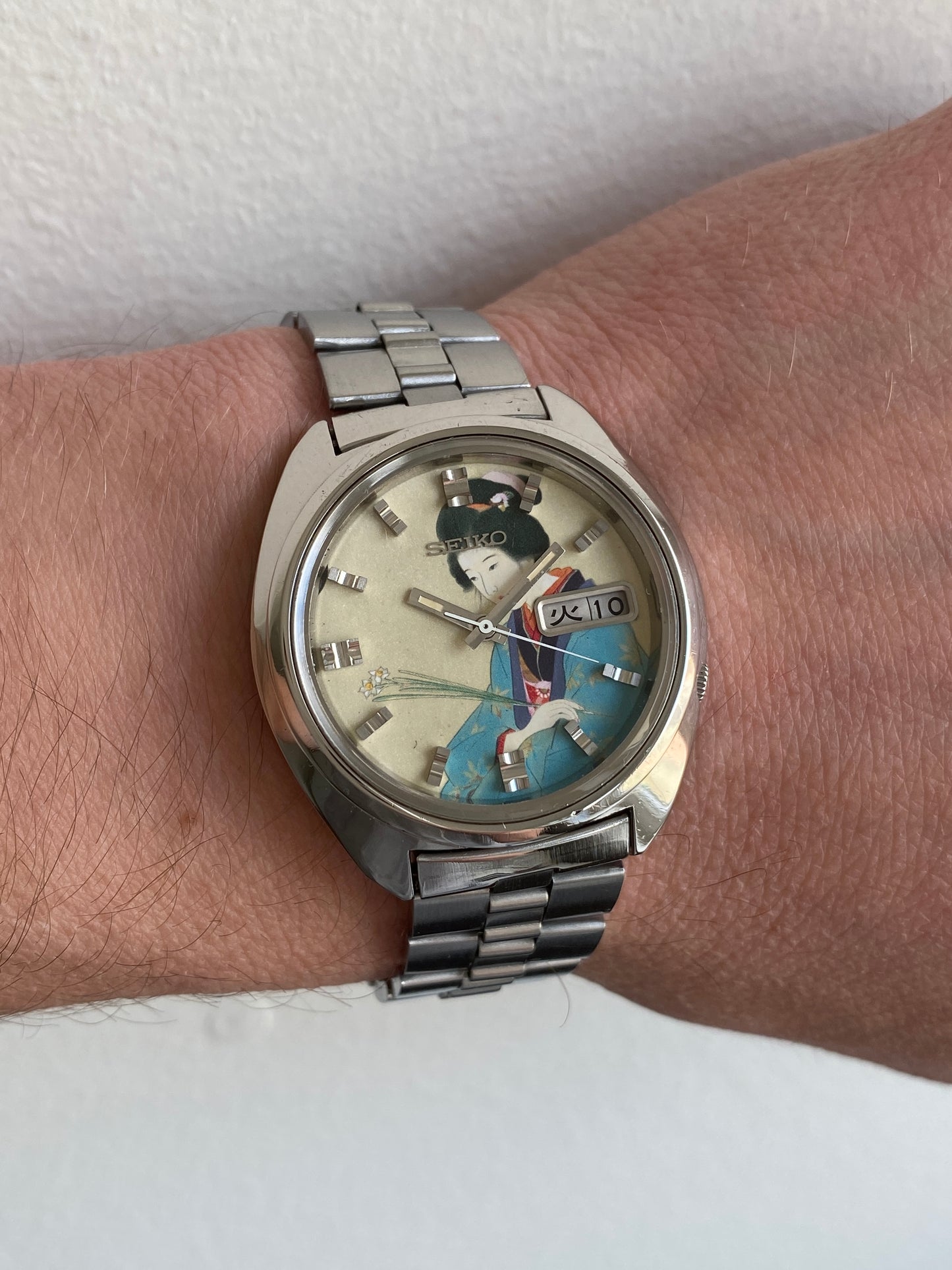
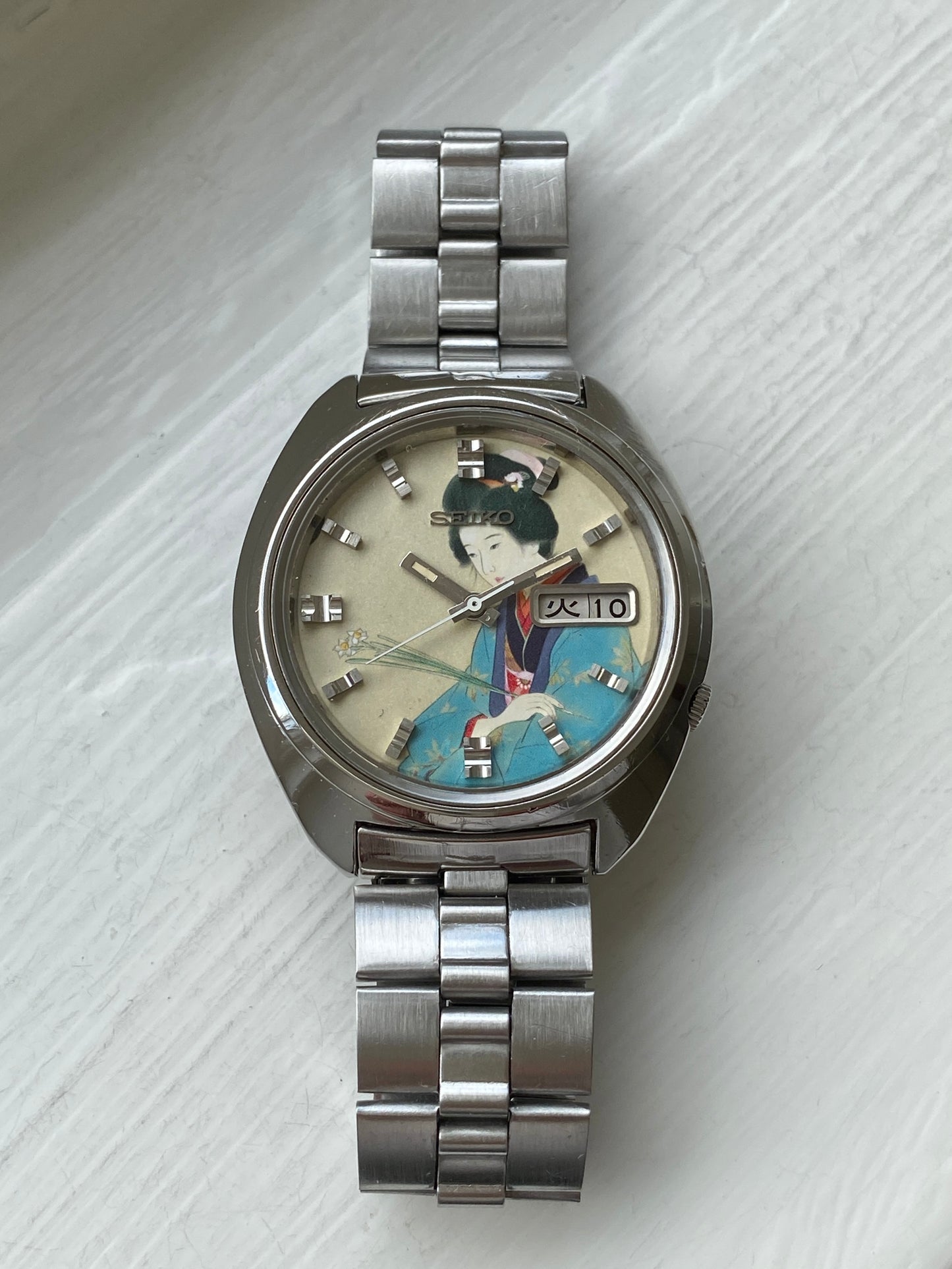
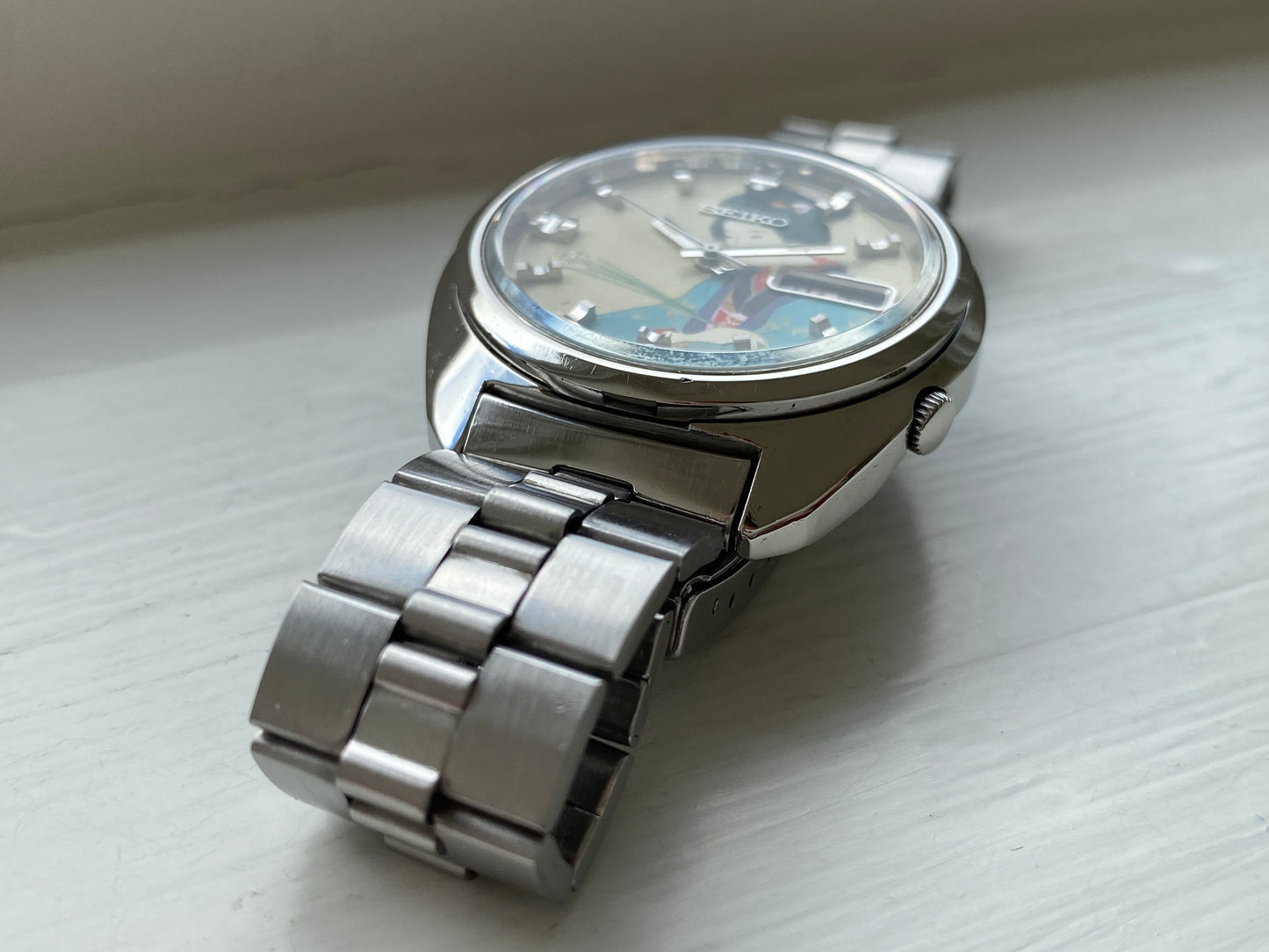
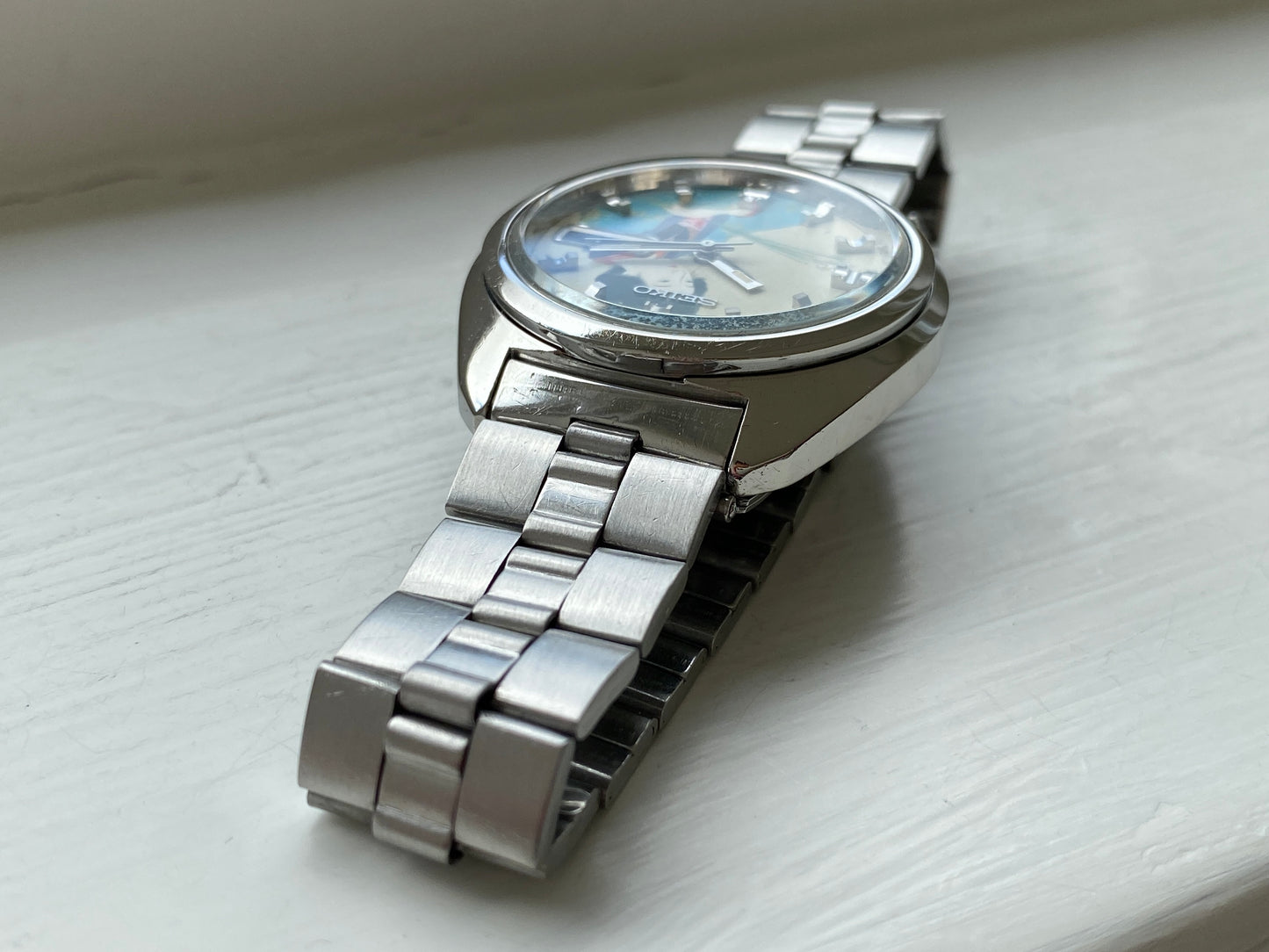
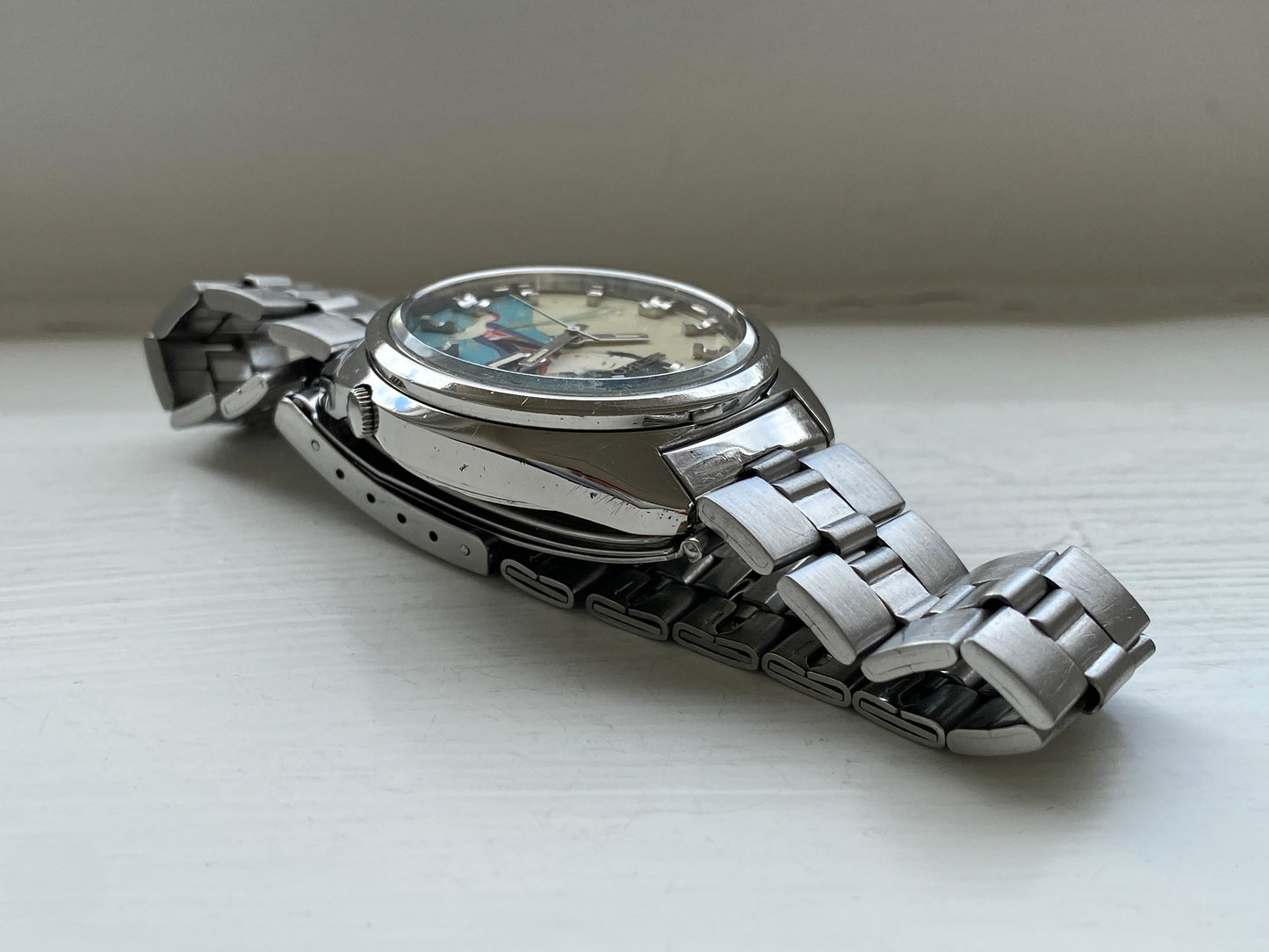
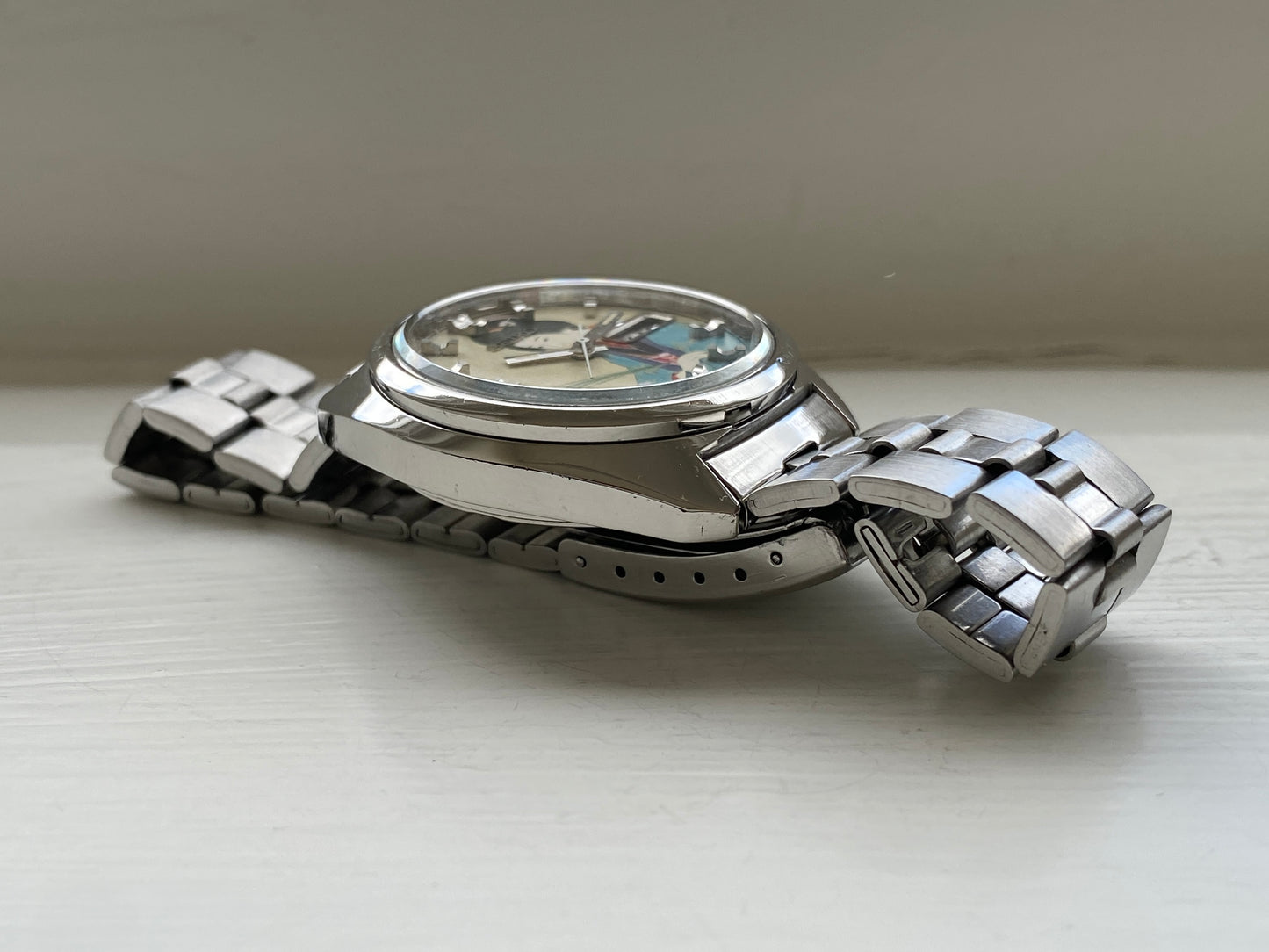
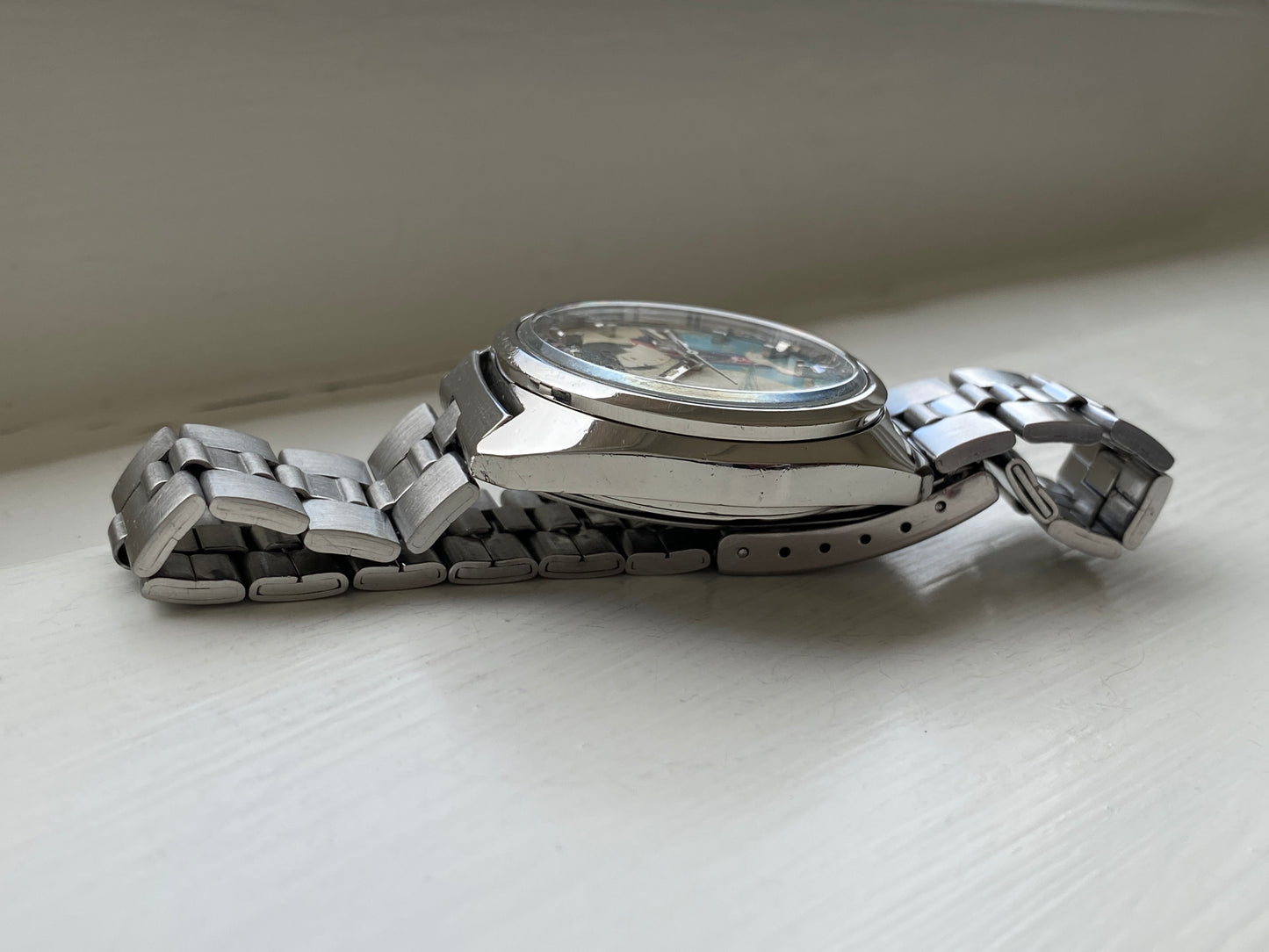
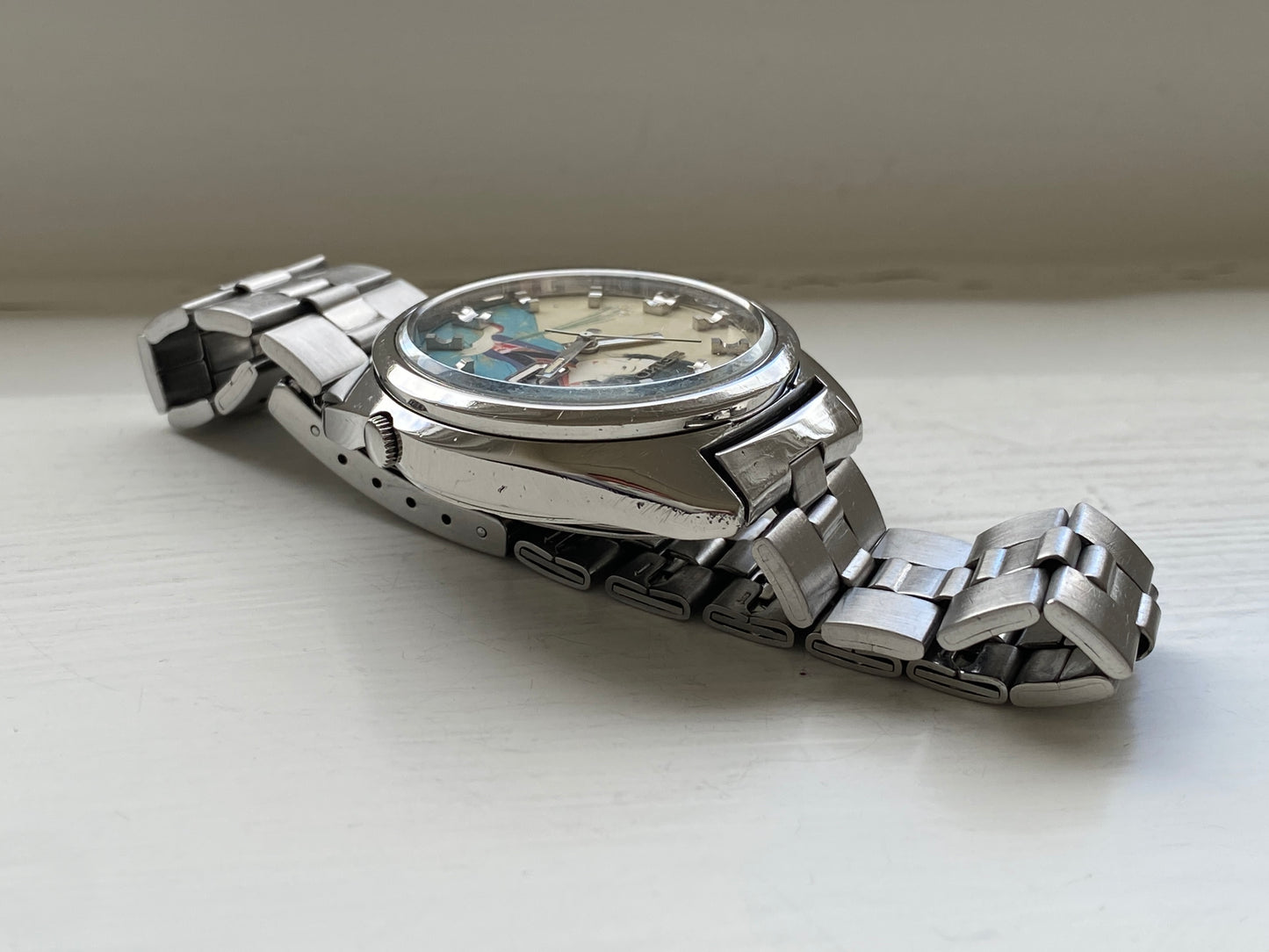
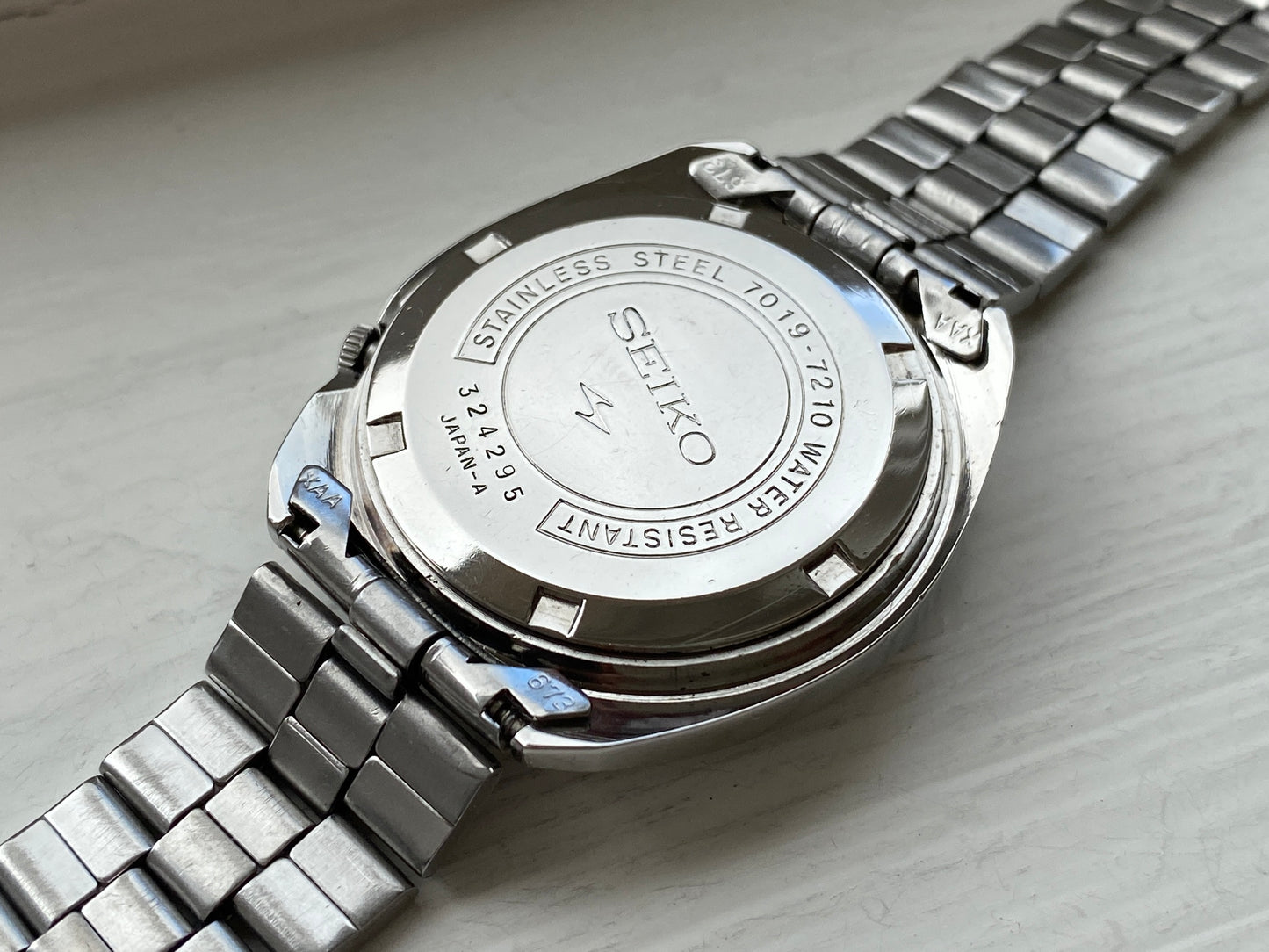
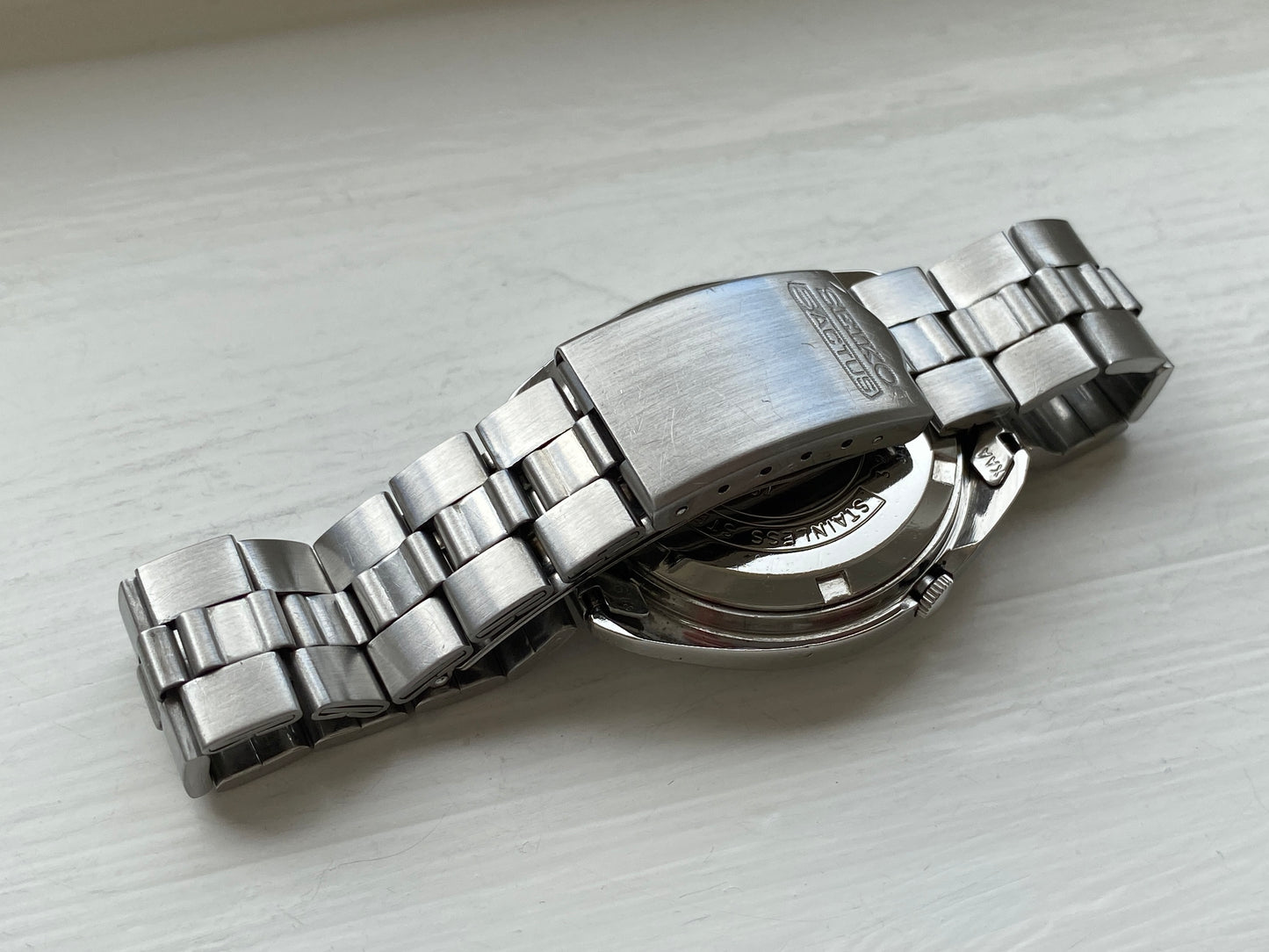
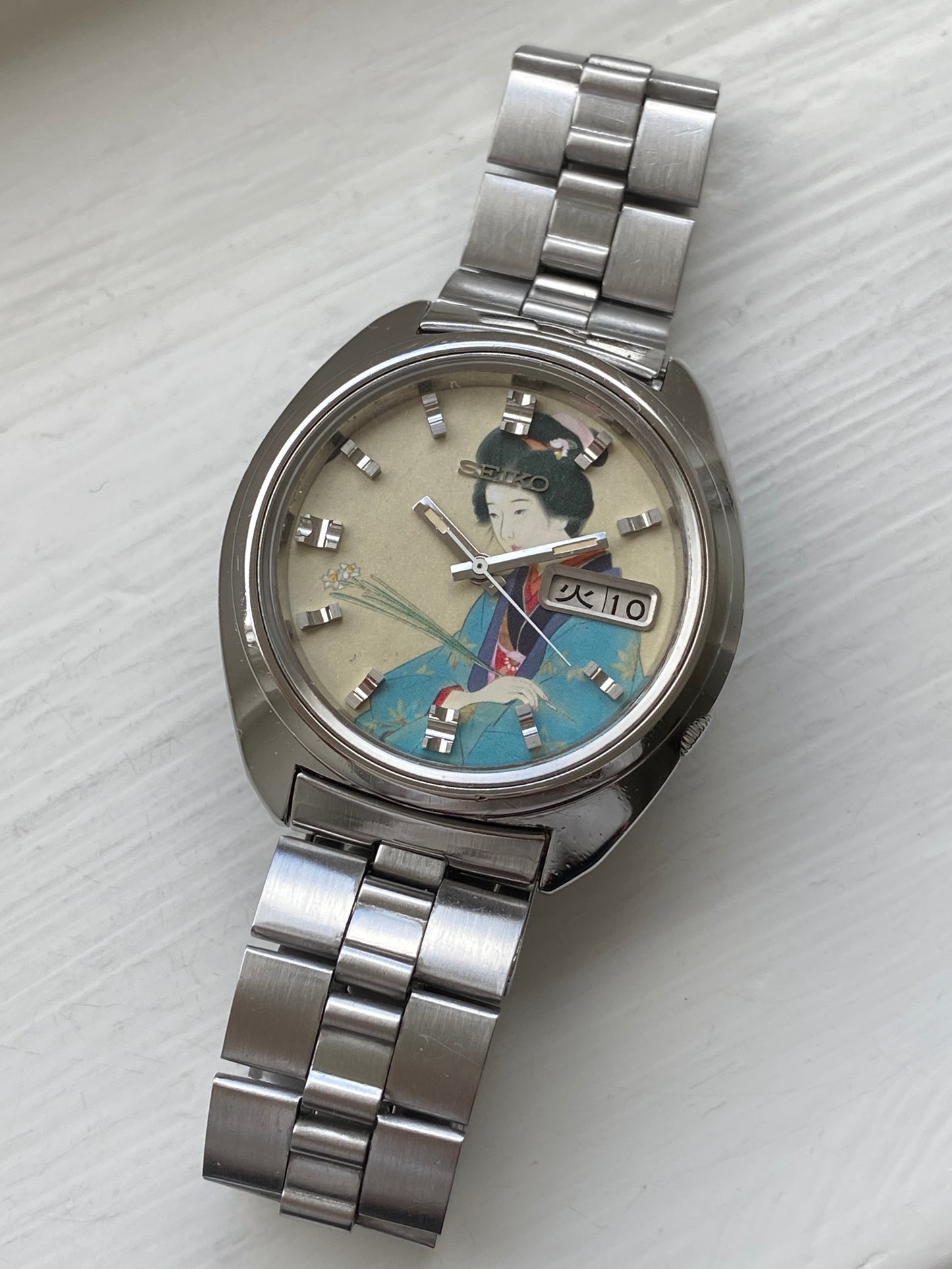
I love my new watch. Leon sent it to me packaged very neatly with a hand-written note and some delicious snacks. Thank you so much for the great service and I'm very glad to have bought your product!












